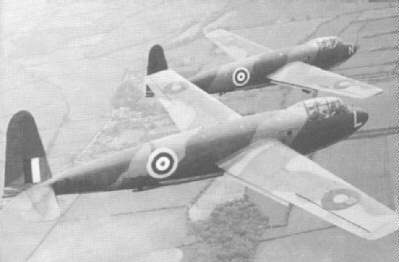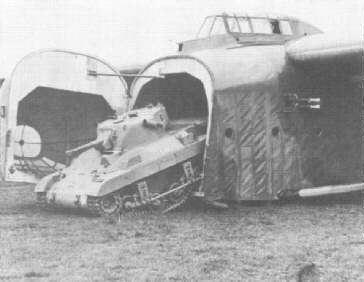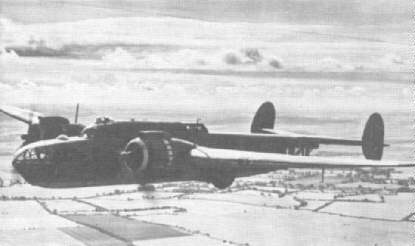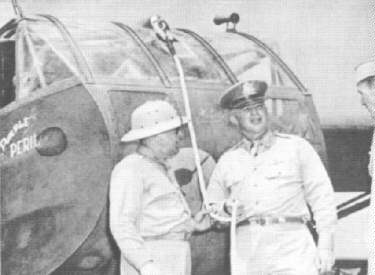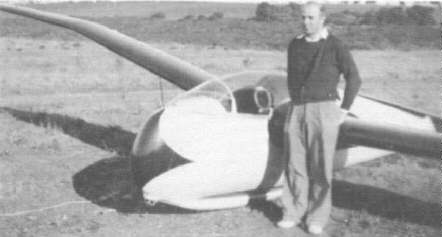
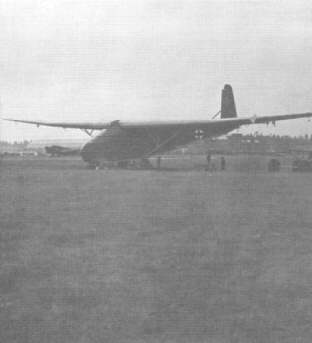 |
|
Germany's Me 321, the largest operational glider in history. It had a wingspan of 181 feet and could carry 200 troops or one Pz. Kw IV tank. The Smithsonian Institution |
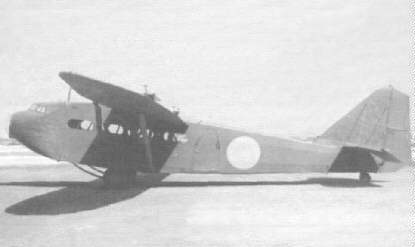 |
|
Japan's Kokusai Ku-8-II glider. During World War
II Japan manufactured over 700 of these 18 passenger combat glider.
Several of them were found abandoned at Nichols Field. Near Manila,
after the surrender of Japanese forces in the Philippines. U.S.
Air Force
|
